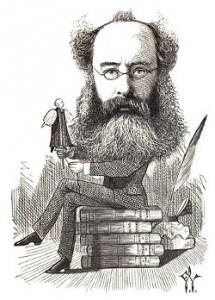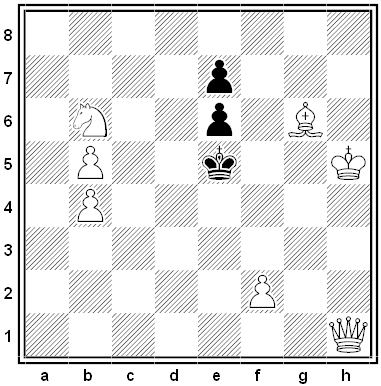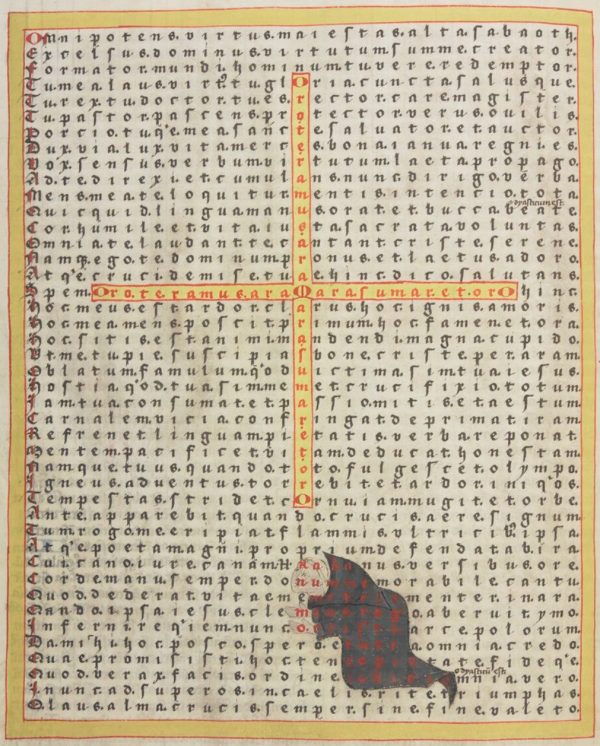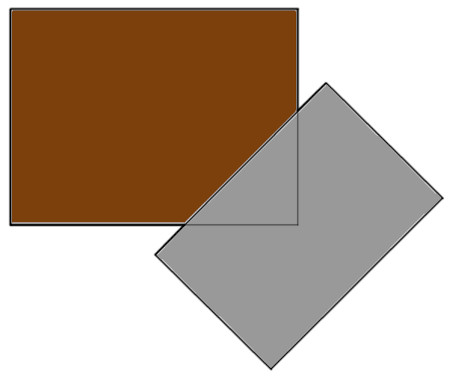
Iowa State University mathematician Alexander Abian was a quiet man with a bold idea: He believed that blowing up the moon would solve most of humanity’s problems. In thousands of posts on Usenet, he maintained that destroying the moon would eliminate Earth’s wobble, canceling the seasons and associated calamities such as hurricanes and snowstorms.
“You make a big hole by deep drilling, and you put there atomic explosive,” he explained in 1991. “And you detonate it — by remote control from Earth.”
“I was questioned about it,” wrote English astronomer Patrick Moore in Fireside Astronomy (1993). “I pointed out, gently, that even if the Moon were removed it would not alter the tilt of the Earth’s axis in the way that the professor seems to believe. Moreover, the energy needed to destroy the Moon would certainly destroy the Earth as well, even if we had the faintest idea of how to do it. The British Meteorological Office commented that a moonless Earth would be ‘bleak and tideless’, and a spokesman for the British Association for the Advancement of Science, struggling nobly to keep a straight face, asked what would happen if the experiment went wrong. Predictably, Professor Abian was unrepentant. ‘People don’t seem prepared to sacrifice the Moon for a better climate. It is inevitable that the genius of man will one day accept my ideas.'”
For better or worse, he maintained this position until his death in 1999. “I am raising the petulant finger of defiance to the solar organization for the first time in 5 billion years,” he said. “Those critics who say ‘Dismiss Abian’s ideas’ are very close to those who dismissed Galileo.”





